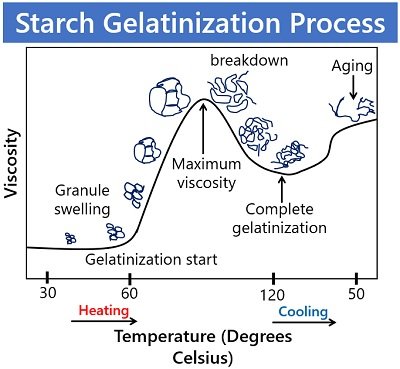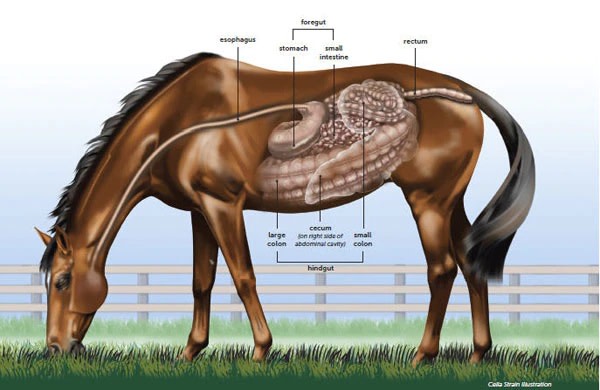Micronization, utilizing infrared (IR) radiation, effectively deactivates lipooxygenase, a key enzyme implicated in oxidative deterioration of soybean fats.
1715070451585.jpg)
IR processing achieves approximately 95.5% deactivation of this enzyme within a short timeframe of 60 seconds. Furthermore, the modest increase in internal soybean temperature facilitated by IR heating ensures surface pasteurization of soy products, effectively mitigating microbial contamination without compromising product quality.

In veterinary applications, micronization plays a pivotal role in gelatinizing starch present in grains such as barley, corn, and soy. In equine nutrition, the consumption of grains often leads to starch accumulation in the hindgut, precipitating various gastrointestinal issues including colic, laminitis, acidosis, and diarrhea. By employing micronization to gelatinize starch, enhanced enzymatic digestion occurs primarily in the small intestine, fostering improved weight gain and growth in horses while concurrently reducing the risk of hindgut starch accumulation and associated gastrointestinal disorders.


